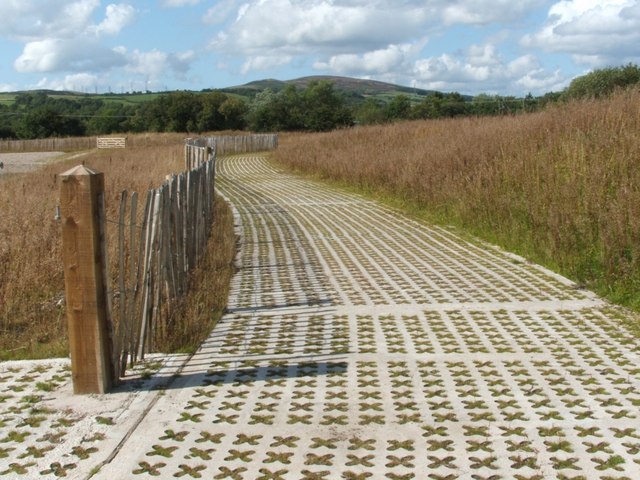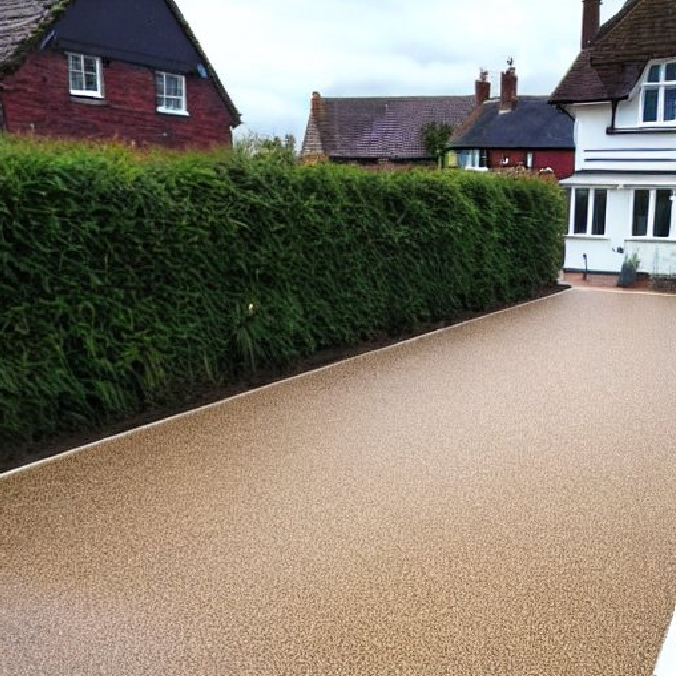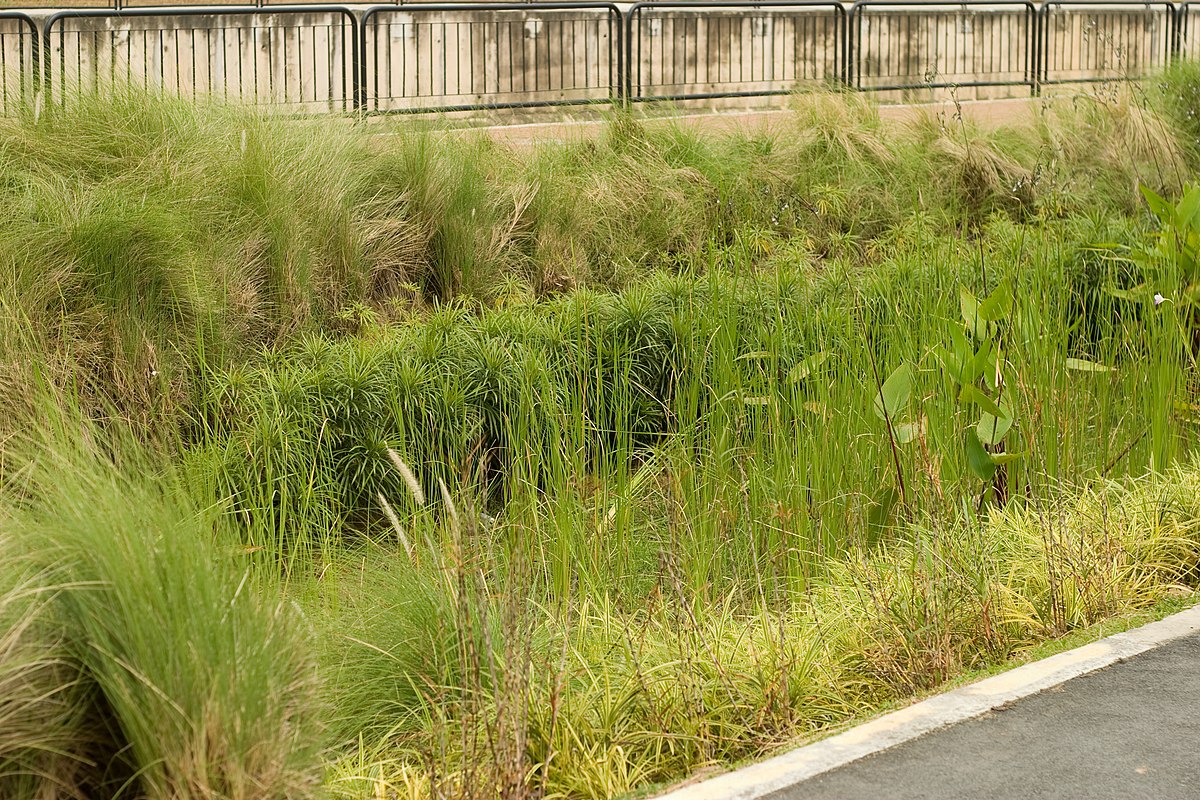This blog has been written by a member of the Newground Flood Team.
This blog discusses the options available, planning requirements and things to consider when paving over a driveway.
When talking to a member of a community that had recently flooded, the conversation moved on to a disagreement he and his wife were having. The couple wanted to landscape the front area of their property so they could park their cars there. One of them just wanted to dig up the front lawn and garden to install a tarmac driveway, the other was aware that doing this would reduce the ability of their property to naturally drain surface water.
The discussion turned to how the couple could ‘do their bit’ to manage surface water (created by the property), within the property boundary and not contribute to potential surface water problems in the wider area in future.
There were a few things that the gentleman and his wife were unaware of, and so will not have considered. Depending on the scale of work they would like to undertake, there may be planning rules to consider. The following rules apply to the front gardens of houses only:
These options allow surface water to penetrate the surfacing, through the sub base and either be held in an attenuation system or feed into a soakaway (see below) to infiltrate slowly into the ground.

Paving surrounding SUDS pond cc-by-sa/2.0 – © Lairich Rig – geograph.org.uk/p/1470042
Resin Driveways are a popular option often chosen for their hardwearing, low maintenance and aesthetic appearance. However, they can also offer a viable permeable solution for driveways and paths. If you are looking to install a permeable resin driveway, it’s important to know that there are two types of Resin surfacing: Resin Bound and Resin Bonded. One is permeable, and one is not. But what’s also important is what lies beneath the surface!
Aesthetically, Resin Bonded surfaces often have a more rough and uneven finish similar to that of immobile loose gravel. The rough finish allows for good grip and traction and is ideal for footfall areas which can become slippery. High levels of wear can result in in the loosening of surface aggregate. With this type of surfacing, the resin is laid first, with the aggregate scattered on top, becoming ‘bonded’ to the resin surface. Once hardened, the solid layer of resin means water cannot permeate through the surface layer.
Resin Bound surfaces have increased in popularity a lot, offering a smooth, low maintenance and permeable surface finish. With Resin Bound surfacing, aggregate is added to the resin in a mixer before being laid and trowelled to a smooth finish. With each individual piece of aggregate ‘binding’ together whilst in the mixer before being laid and trowelled, extremely small gaps remain between the pieces of aggregate once set, allowing water to permeate through the surface layer and help prevent pooling and standing water. However, in order for a resin bound surface or driveway to be fully permeable and be classed as SuDS compliant, it must also have both a permeable base and sub-base beneath it, allowing the water to infiltrate through each of the layers and into the ground beneath. The sub-base is the very bottom layer which provides a strong and level foundation for the base and resin surface. For a permeable system to be SuDS compliant the sub-base should be a well compacted MOT type 3, which due to the reduced number of fines within the mix, allows water to permeate through. The base, or middle layer (sometimes referred to as the binder course) is required to achieve a good bond between the sub-base and the resin surface. Open course macadam or a permeable concrete is often used as a permeable base. When it comes to resin bound driveways, MOT type 1 or 2, closed course tarmac or a standard non-permeable concrete will not be Suds compliant, so it’s important to ensure that you use a competent contractor who understands that you want a SUDS compliant system, to quote for and install the right materials to the correct specifications and standards.

Image: AI created resin driveway / CC0 1.0
Using traditional surfacing materials, such as concrete or asphalt to surface an area, could be done in such a way as to use the fall of the driveway to direct surface water into a channel or French drain which could then empty into a:

Rain Garden. Image: Rogersoh/ CC BY-SA 3.0
Water from roofs could also be channelled into these systems by making alterations to drainpipes. This will reduce the demand on sewers during heavy downpours.
Water companies charge for dealing with rainwater from properties which enters the sewer network. This is through a;
If no rainwater from your property enters the sewer system at all, you may be entitled to a surface water drainage rebate from your water company. If you can make a case for the rebate you will not be charged for surface water drainage on future bills and some of the amount you have paid previously may be refunded.
For more information with good links and tips on this subject, visit ‘Guidance on the permeable surfacing of front gardens’ here.